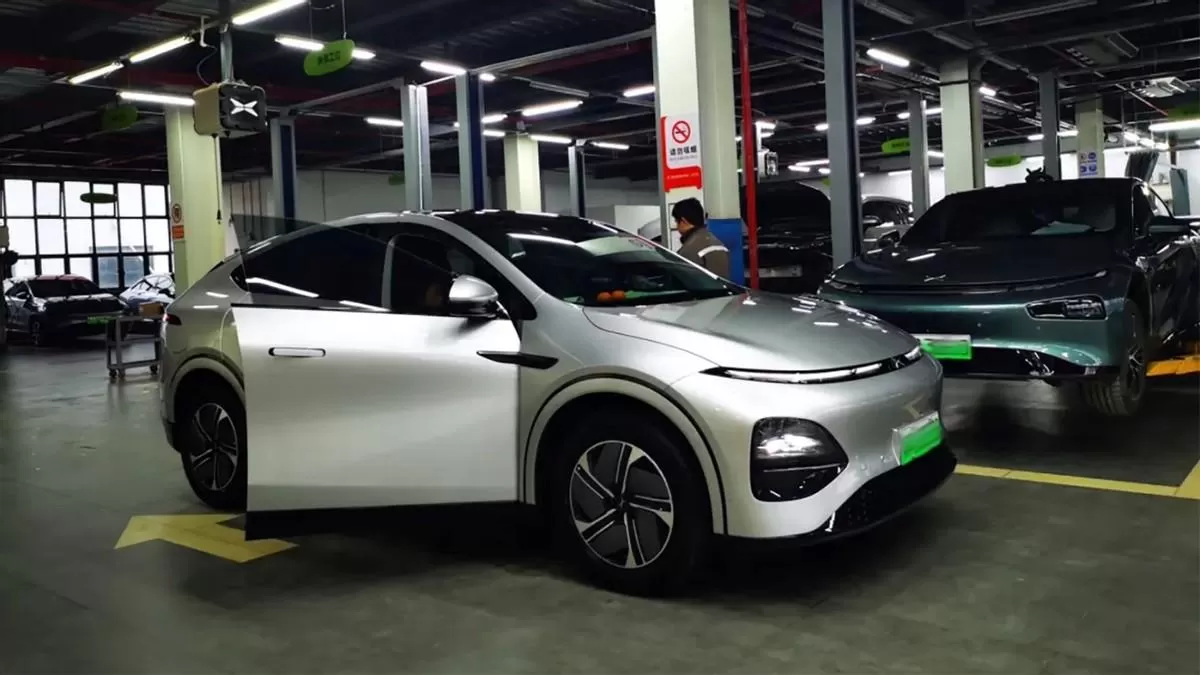Q: It’s often said that ternary lithium batteries are more advanced. So why doesn’t BYD use them?
A: Ternary lithium batteries do indeed have superior performance compared to lithium iron phosphate batteries, with higher energy density and less performance degradation in low-temperature environments. So, why doesn’t BYD use them? The reason is simple: BYD is also a battery manufacturer, and their proprietary battery technology is based on lithium iron phosphate. Using their own technology not only reflects confidence in their products but also helps better control costs.

Q:What does the cancellation of the ban on fuel vehicles in Hainan mean?
A: First of all, we already know that new energy vehicles are not necessarily environmentally friendly. So, the idea of suppressing fuel vehicles under the guise of environmental protection should now be debunked. Moreover, in terms of purchase costs, insurance costs, convenience of use, and safety, new energy vehicles are not particularly impressive. A very straightforward example is that when taking a ferry, new energy vehicles are parked separately in an open area, just to prevent more serious consequences in case of a fire. The cancellation of previously imposed restrictions on fuel vehicles in Hainan and overseas fully demonstrates that fuel vehicles remain the most stable, reliable, and comprehensive solution for family cars today.
Q:Between the Ford Bronco and the Equation Leopard, which off-road vehicle is more recommended?
A: The Ford Bronco is a legendary off-road vehicle, once unbeatable in the "Baja 1000" race. Although it went through a period of decline, the culture of this iconic model still lives on, and the current Bronco offers excellent performance and product strength. The Equation Leopard 5. on the other hand, is a plug-in hybrid model. For off-road vehicles, the simpler and more mature the mechanical structure, the better the experience. Thus, the emergence of new energy off-road vehicles is somewhat puzzling. However, if you don’t need robust off-road capabilities and just like the rugged look, the plug-in hybrid structure of the Leopard 5 might pleasantly surprise you with lower operating costs. But overall, we still recommend the Ford Bronco.

Q:Does the battery underneath a new energy off-road vehicle, whether pure electric or plug-in hybrid, increase the risk factor?
A: If you really want to take your vehicle off-road or on a cross-country trip, I believe that the reliability of new energy off-road vehicles is indeed inferior to that of pure fuel off-road vehicles. The conditions in the wild can be highly variable, and the same route may present different challenges for the first and last vehicles to pass through. Moreover, the power battery of a new energy vehicle is a very fragile and critical component, with a significantly increased risk of fire if it gets compressed or damaged. Therefore, if you are an off-road enthusiast, I wouldn’t recommend choosing a new energy off-road vehicle. If you just like the rugged appearance and don’t actually go off-road, then it could be a consideration.
Q:I’ve been looking into Volvo recently and noticed that their current models are all equipped with 48V mild hybrids. How much fuel efficiency improvement can a 48V mild hybrid offer compared to a pure fuel engine?
A: To put it bluntly: very little. You should know that the new national standard for electric vehicles, which includes two-wheelers weighing no more than 55kg, uses a 48V battery. For a car that weighs 1.5 tons or more, attaching a component with the same voltage as a national standard electric bike to the engine—can this effect really be considered significant? I’ve driven a few models with 48V systems, and they’re almost indistinguishable from pure fuel vehicles. Theoretically, the 48V system can provide a little extra assistance to the engine during startup. But with today’s turbocharged engines, where turbo pressure builds up early, the auxiliary effect of the electric motor is even less noticeable.






